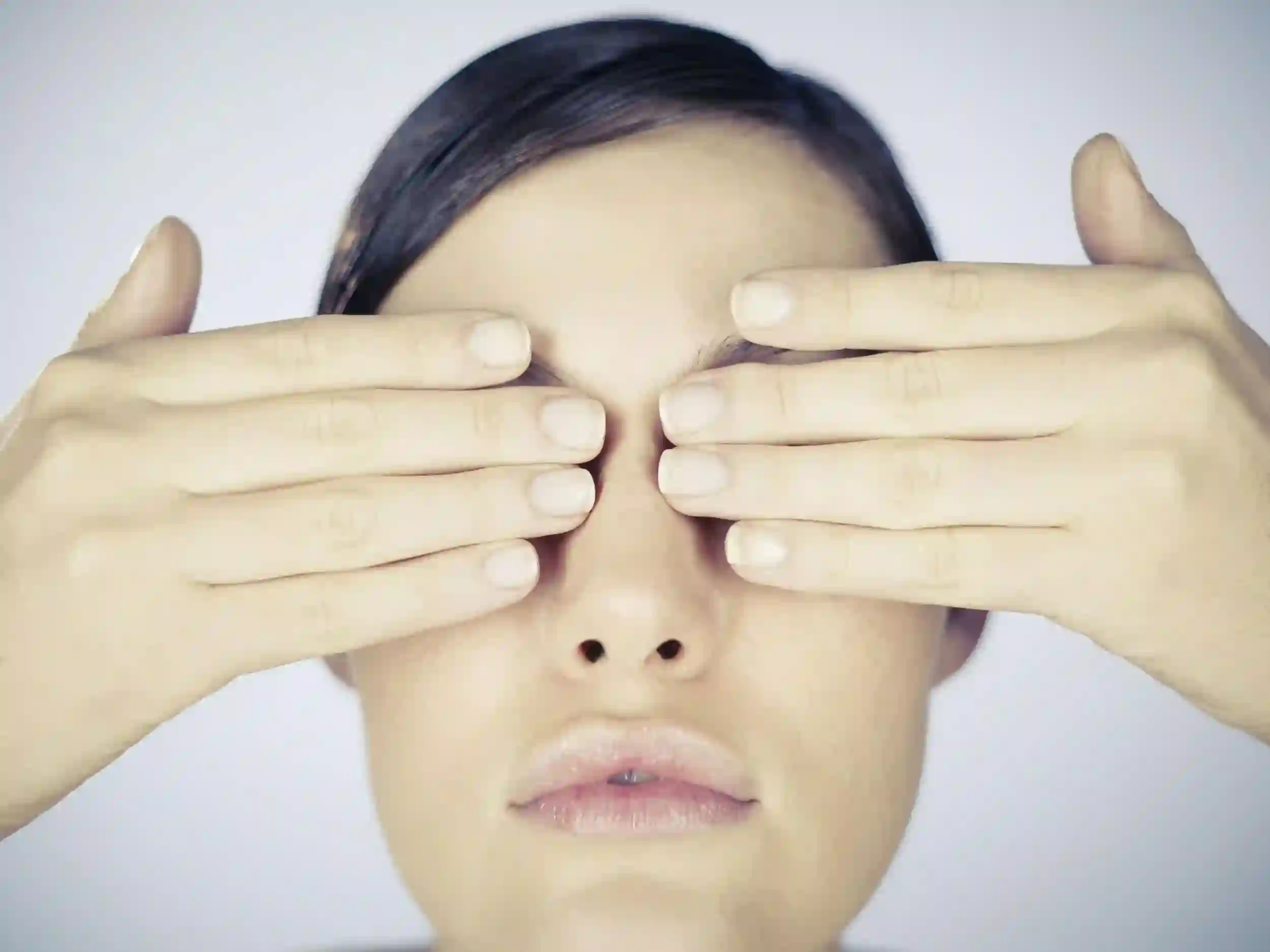
While it is well known that COVID-19 can cause a variety of neurological problems, including loss of smell and taste, as well as impairments in attention, memory, speech, and language, known as “brain fog,” the study is the first to report “prosopagnosia,” also known as face blindness, as a result of COVID-19 symptoms.
Annie, a 28-year-old customer service worker, and part-time portrait artist, was diagnosed with COVID-19 in March 2020 and experienced a symptom relapse two months later, according to the researchers. Annie noted trouble with face recognition and navigation shortly after the relapse.
What Is Prosopagnosia?
Some people are born with face blindness, known as prosopagnosia, while others lose their capacity to recognize faces as a result of brain damage, which is usually caused by a stroke or brain injury.
Although facial recognition skill varies, another recent study discovered that more than 1% of people struggle to recognize someone they’ve met numerous times.
Facial recognition involves six regions on each side of the brain. Injury to any of these areas, particularly on the right side of the brain, is likely to impede facial recognition. According to Joseph DeGutis, the second study’s leader and co-founder of the Boston Attention and Learning Laboratory, the problem appears to be a lack of communication among the key areas in many cases.
Prosopagnosia patients can usually identify emotion on a person’s face and estimate their gender, age, and attractiveness. They just can’t seem to connect the dots to recognize the totality.
Read more: Rare eye conditions uncovered in new insights by researchers
How Is Face Blindness Identified?

One in every 200 persons is seriously degraded to the point that they won’t identify someone close to them, such as a spouse, when they’re out of context. Mild cases affect about 2 out of every 100 people, according to DeGutis, who is also an investigator at the VA Boston Healthcare System and an assistant professor at Harvard Medical School.
When compared to the general population, those with autism have a two- to three-fold increased risk of experiencing prosopagnosia.
To be diagnosed with prosopagnosia, a battery of tests lasting many hours is required, with a poor score on at least two of them. DeGutis explained that the approach needs ruling out weak vision or faulty memory to ensure that the problem is indeed a lack of recognition.
The traditional diagnostic tests need learning new faces, possibly viewed in changing lighting or from different perspectives, or recognizing recognized faces, frequently celebrities.
Read more: Want financial security in the future? Follow these 6 easy steps!

